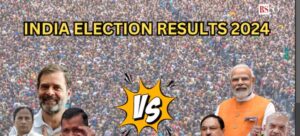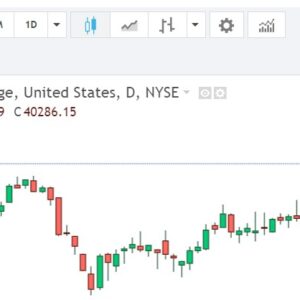
The 2024 Indian general election marked a pivotal moment in the country’s political landscape. With over 968 million eligible voters, it was one of the largest democratic exercises in the world. The election saw intense campaigning, numerous rallies, and a high voter turnout, ultimately culminating in a clear mandate from the electorate.
Bharatiya Janata Party (BJP) Secures Victory
The Bharatiya Janata Party (BJP), led by Prime Minister Narendra Modi, emerged victorious once again, securing a third consecutive term. The BJP, along with its allies in the National Democratic Alliance (NDA), won a total of 293 seats out of the 543 seats in the Lok Sabha, the lower house of India’s Parliament. This victory underscores the enduring popularity of Modi and his party’s policies among a significant portion of the Indian populace.
Opposition’s Strong Performance
Despite the BJP’s victory, the opposition coalition known as the Indian National Developmental Inclusive Alliance (INDIA) made substantial gains. The coalition secured 234 seats, with the Indian National Congress (INC) leading the opposition with 99 seats. This performance indicates a robust and vibrant opposition, ready to challenge the ruling party on key issues and policies.
Record Voter Turnout and Women Participation
One of the most notable aspects of the 2024 election was the record voter turnout. 642 million voters, including an unprecedented 312 million women, participated in the electoral process. This high level of engagement reflects the electorate’s strong interest in shaping the future of the nation. The increased participation of women voters, in particular, highlights the growing influence of female voices in India’s political arena.
Key Issues and Campaigns
Economic Development and Welfare Programs
Economic development was a central theme of the BJP’s campaign. The party highlighted its achievements over the past decade, including infrastructure development, digital initiatives, and welfare programs such as the Pradhan Mantri Jan Dhan Yojana and the Ayushman Bharat scheme. These initiatives aimed at improving the quality of life for millions of Indians were key factors in garnering voter support.
National Security and Foreign Policy
National security and a strong foreign policy stance also played a significant role in the BJP’s campaign. Modi’s government emphasized its actions against terrorism and its efforts to enhance India’s global standing. This resonated with voters who prioritize a secure and assertive India on the world stage.
Social Issues and Controversies
The election was not without its controversies. Issues such as hate speech, Electronic Voting Machine (EVM) malfunctions, and allegations of suppression of political opponents were points of contention. These issues were particularly highlighted by the opposition, which sought to challenge the BJP’s governance record and present an alternative vision for India.
Electoral Dynamics and Regional Variations
Northern India
In northern states like Uttar Pradesh and Bihar, the BJP continued to maintain a strong foothold. The party’s emphasis on development projects and social welfare schemes appealed to the voters in these regions, ensuring significant electoral gains.
Southern India
Southern India, particularly states like Tamil Nadu and Kerala, saw a strong performance by regional parties and the opposition coalition. The diverse political landscape in these states, characterized by regional identities and issues, resulted in a varied electoral outcome.
Eastern and Western India
In the eastern states such as West Bengal and Odisha, and western states like Gujarat and Maharashtra, the electoral battle was fiercely contested. While the BJP made significant inroads in some areas, the opposition and regional parties also held their ground, reflecting the complex political dynamics at play.
Post-Election Scenario and Future Prospects
The 2024 election results have set the stage for another term under Narendra Modi’s leadership. The BJP’s ability to secure a third term is a testament to its strategic campaigning and the enduring appeal of Modi’s leadership. However, the substantial gains made by the opposition indicate that the political landscape is dynamic and evolving.
Challenges Ahead for BJP
While the BJP has secured a decisive victory, it faces several challenges in the coming term. Economic recovery post-pandemic, addressing unemployment, and managing social tensions are critical issues that the government will need to address. Additionally, the party will have to navigate the complexities of coalition politics within the NDA to ensure stable governance.
Role of the Opposition
The opposition, led by the Congress and other regional parties, will play a crucial role in the parliamentary proceedings. Their performance in the 2024 election suggests a rejuvenated and more assertive opposition, which could lead to more robust debates and discussions on national policies.
Conclusion
The 2024 Indian general election has reaffirmed the democratic spirit of the nation. With the BJP securing another term and the opposition making significant gains, the election results reflect a complex and vibrant political landscape. As India moves forward, the focus will be on addressing key issues and ensuring inclusive growth and development for all its citizens









